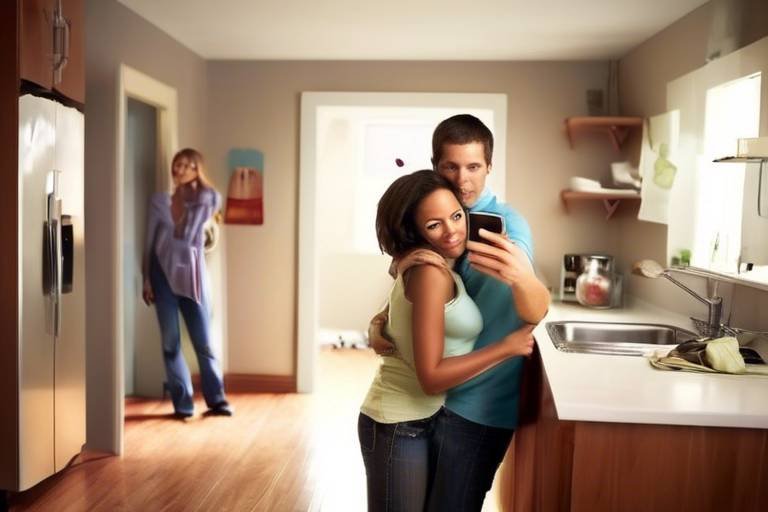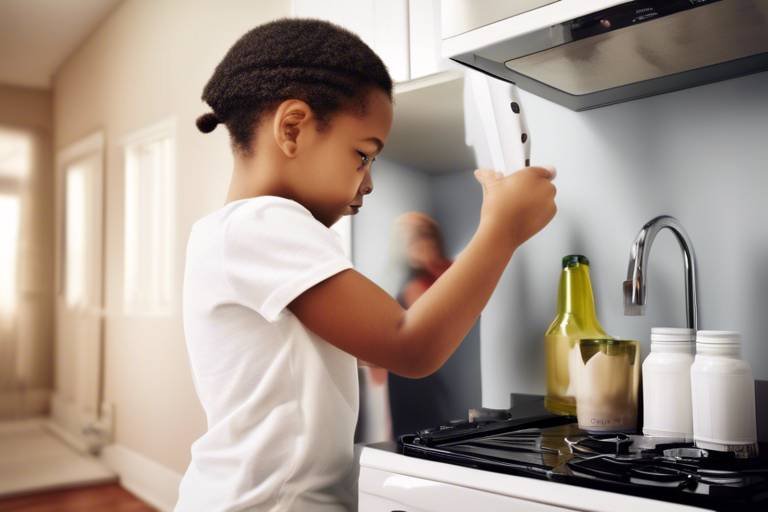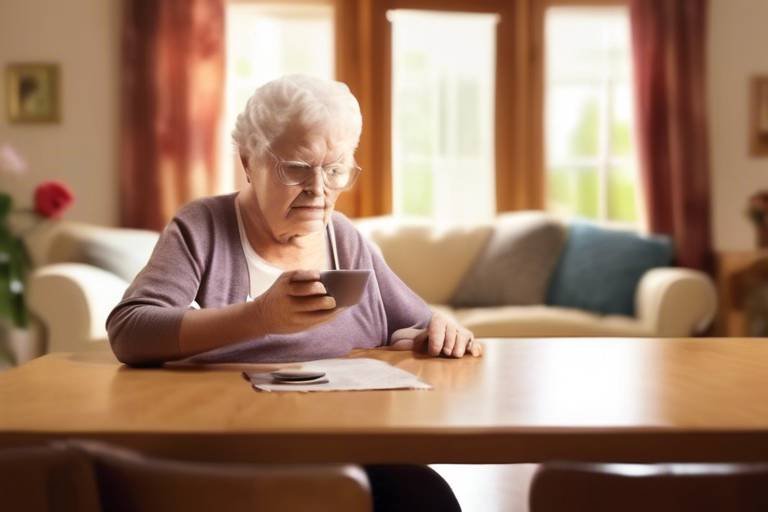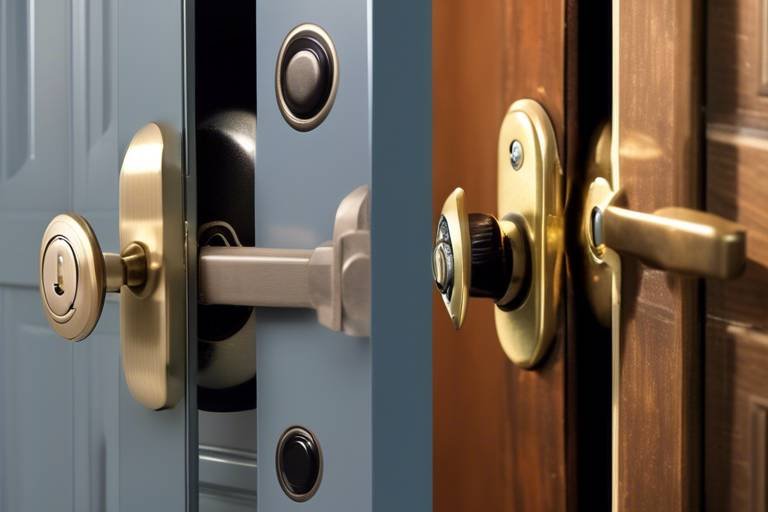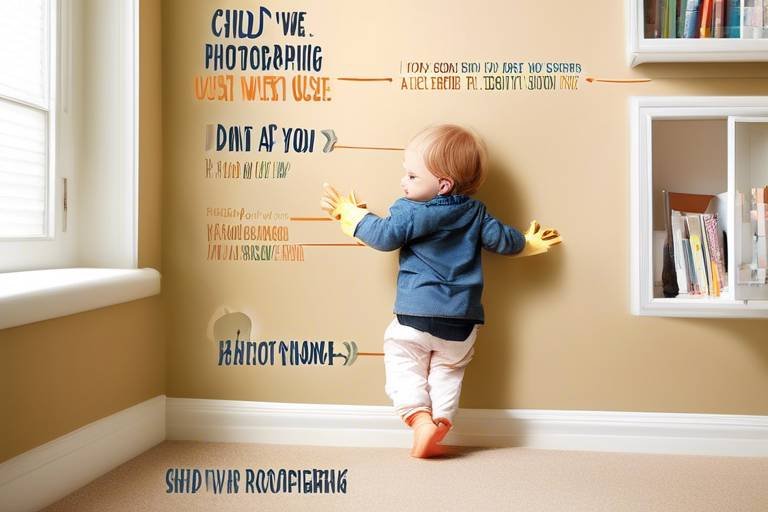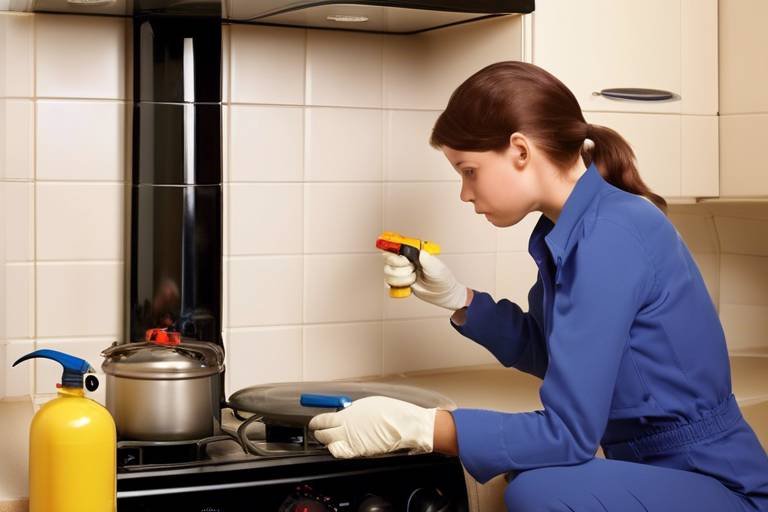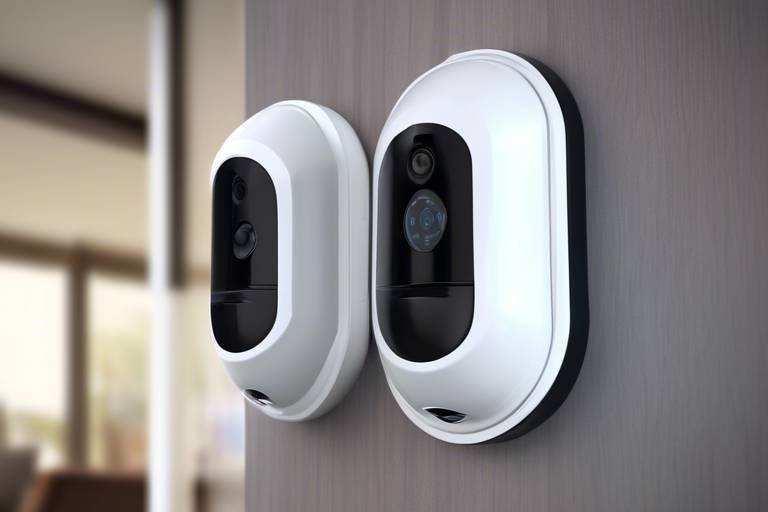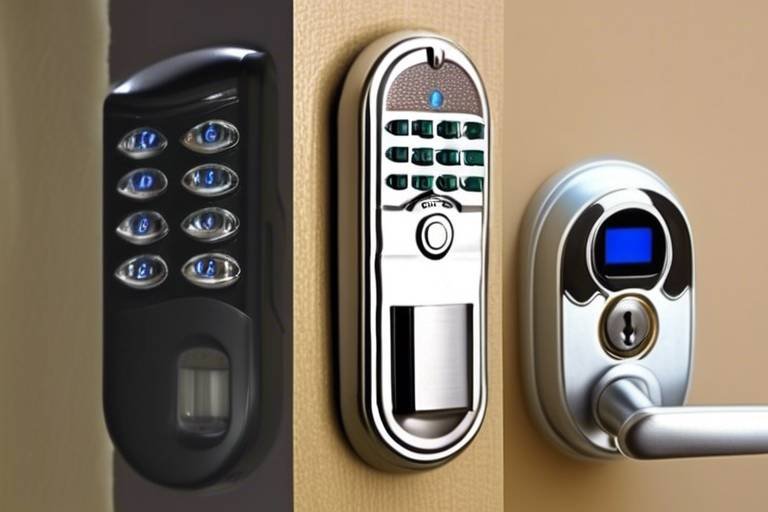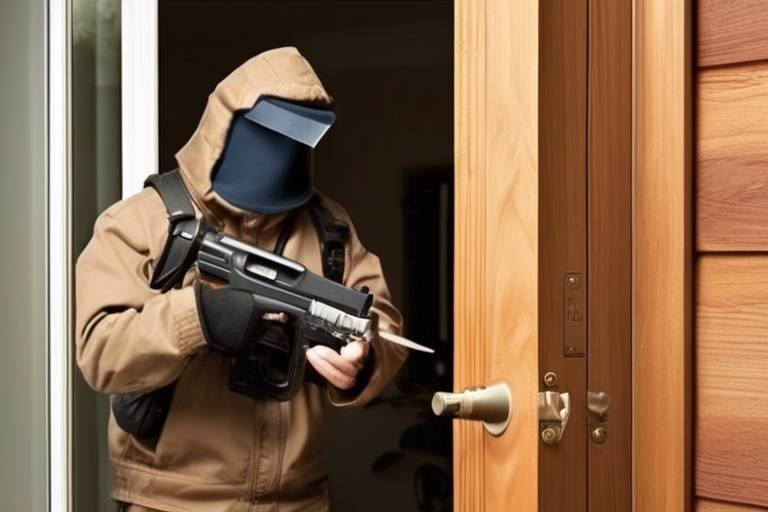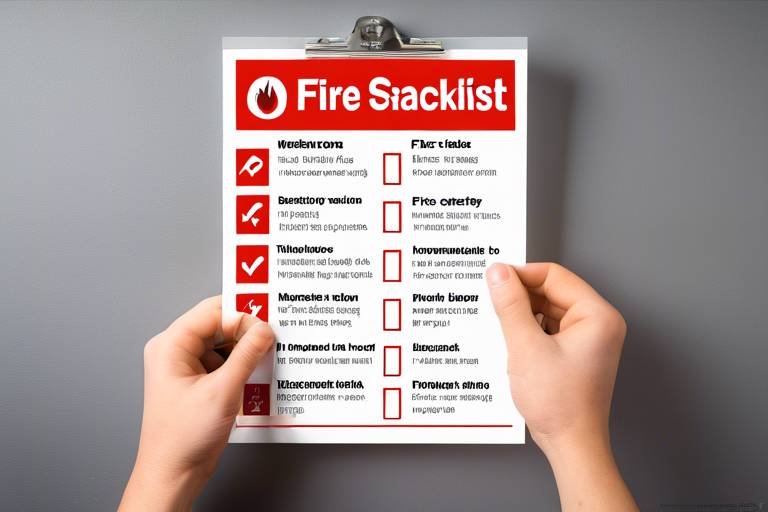Home Safety Tips for Singles
Living alone can be a double-edged sword. On one hand, you enjoy the freedom and independence that comes with having your own space. On the other hand, it can sometimes feel a bit daunting when it comes to safety. That's why it's crucial to arm yourself with the right knowledge and tools to create a secure environment. This article provides essential safety tips tailored for individuals living alone, focusing on practical strategies to enhance personal security and create a safer living environment.
When it comes to home security, the options can be overwhelming. From traditional alarm systems to cutting-edge smart technology, there are countless ways to protect your sanctuary. But how do you choose the right one for your needs? Start by assessing what you're most concerned about—whether it's break-ins, fire, or even carbon monoxide leaks. For singles, investing in a reliable security system can provide peace of mind, allowing you to enjoy your home without the constant worry of potential threats.
Your home should be your safe haven, a place where you can unwind and feel secure. Simple modifications can greatly enhance your safety. For instance, ensuring you have proper lighting both inside and outside your home can work wonders. Not only does it help you see clearly at night, but it also acts as a deterrent to would-be intruders. Combine this with secure locks on all doors and windows, and you’re already on your way to creating a safer living space.
Imagine walking up to your home on a dark evening. Without adequate lighting, it can feel eerie and unsafe. This is where the importance of lighting comes into play. Bright outdoor lights can illuminate pathways and entry points, making it harder for anyone with malicious intent to approach unnoticed. Additionally, good indoor lighting helps you see clearly in case you hear an unexpected noise, allowing you to assess the situation without panic.
When selecting lights, consider energy-efficient options that not only brighten your space but also save you money. LED lights are a fantastic choice; they last longer and consume less energy compared to traditional bulbs. Look for fixtures that provide both security and ambiance, so you can enjoy a cozy atmosphere while keeping your home safe.
Have you ever walked into a dark area and wished for a light to turn on? Motion sensor lights are a game-changer in this regard. They automatically illuminate when they detect movement, making them perfect for driveways, backyards, or any dark corners around your home. This not only enhances your safety but also adds convenience, as you won’t have to fumble for switches in the dark.
Securing your doors and windows is one of the most fundamental aspects of home safety. Think of your home as a fortress; if the gates are weak, it’s easy for invaders to breach them. Invest in high-quality locks, and consider additional security measures such as deadbolts or window bars. It might seem like overkill, but when it comes to your safety, it’s better to be safe than sorry.
Emergencies can strike at any moment, and being prepared can make all the difference. As a single individual, having a plan in place is crucial. Start by developing an emergency plan that outlines what to do in various scenarios—whether it’s a natural disaster or a medical emergency. Knowing that you have a strategy can alleviate anxiety and help you react swiftly if the need arises.
Your emergency plan should be personalized to fit your lifestyle. Consider factors like your location, potential hazards, and any specific needs you might have. Write down your plan and keep it in an easily accessible place. Share it with a trusted friend or neighbor so they can help you stay accountable and prepared.
Don’t wait until disaster strikes to gather supplies. An emergency kit is essential for every household, especially for singles. Here’s a quick overview of what to include:
- First aid supplies
- Non-perishable food items
- Water (at least one gallon per person per day)
- Flashlight and extra batteries
- Clothing and blankets
Having these items ready can provide you with the comfort of knowing you’re prepared for anything life throws your way.
One of the best ways to enhance your safety is by building connections with your neighbors. A strong community can act as a safety net, providing support and vigilance. When you know the people living around you, it’s easier to look out for one another. Plus, it fosters a sense of belonging that can be incredibly comforting for someone living alone.
Start by introducing yourself to your neighbors. A simple hello can go a long way. Consider hosting a small gathering or joining community events to foster connections. When neighbors know each other, they are more likely to notice when something seems off, which can be a significant deterrent to crime.
Many communities have safety programs aimed at promoting awareness and providing resources for residents. Look into local neighborhood watch groups or community safety initiatives. Participating in these programs not only enhances your safety but also helps you build relationships with others in your community.
Q: What is the best home security system for singles?
A: The best system depends on your specific needs, but options like smart cameras, alarm systems, and doorbell cameras are great choices for added security.
Q: How can I improve my home lighting for safety?
A: Consider installing motion sensor lights outdoors and using bright LED bulbs indoors to enhance visibility.
Q: What should I include in my emergency kit?
A: Your kit should have first aid supplies, non-perishable food, water, a flashlight, and essential clothing items.
Q: How do I get to know my neighbors?
A: Start with simple greetings, participate in community events, or even host a casual get-together.
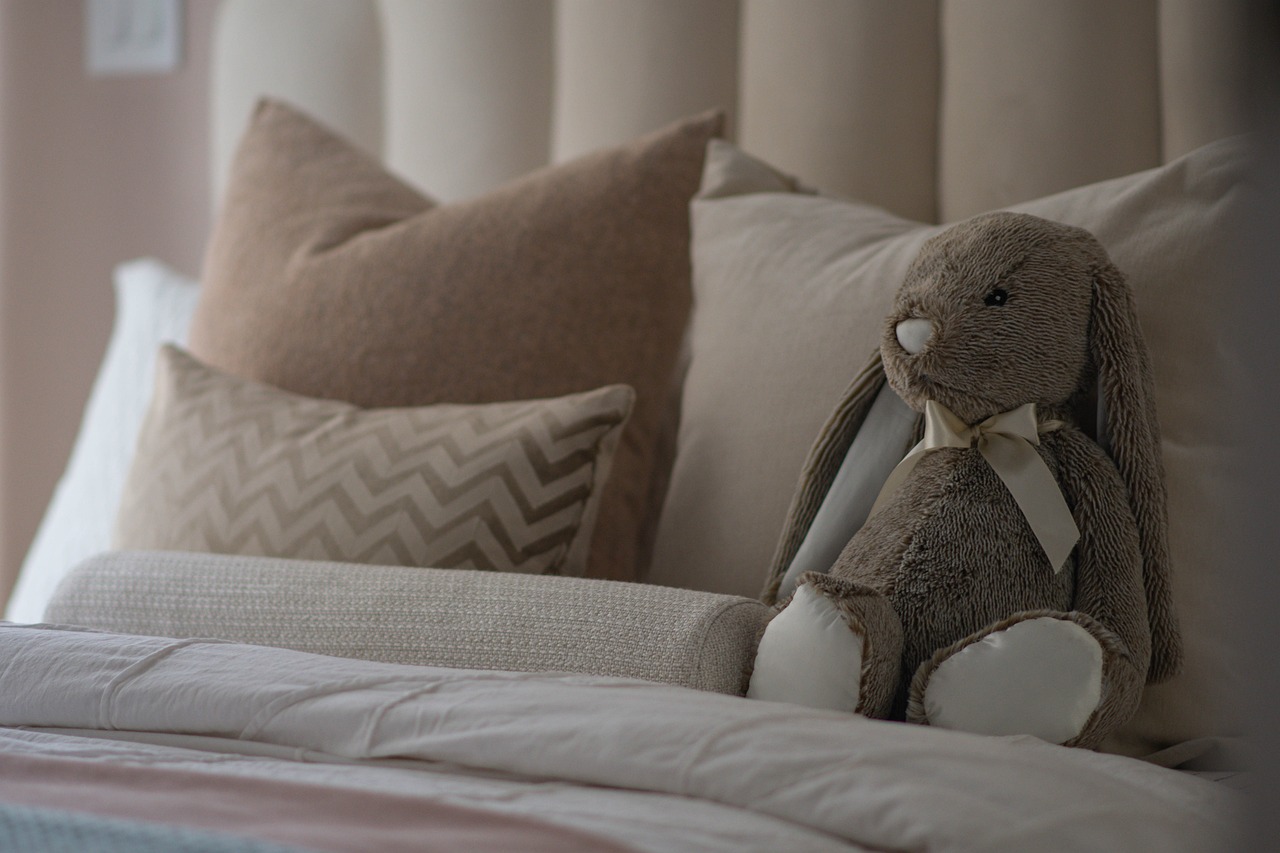
Understanding Home Security Systems
When it comes to enhancing personal safety, understanding home security systems is crucial, especially for singles living alone. The right security system can be your first line of defense against potential threats, providing peace of mind and a sense of control over your environment. But with so many options available, how do you choose the best one for your unique needs? Let’s dive into the different types of home security systems and what they can offer.
Home security systems can range from basic alarm systems to advanced smart home technology. Here are some common types:
- Alarm Systems: These systems are designed to detect unauthorized entry and alert you or a monitoring service. They can be wired or wireless and often include features like door/window sensors and motion detectors.
- Security Cameras: Surveillance cameras can provide real-time monitoring of your property. With options like indoor, outdoor, and doorbell cameras, you can keep an eye on your home from anywhere using your smartphone.
- Smart Home Technology: Integrating smart technology into your home security allows for greater control and automation. This includes smart locks, lights, and even thermostats that can be managed remotely.
When selecting a home security system, consider factors such as your budget, the layout of your home, and the level of security you desire. For instance, if you live in a high-crime area, investing in a comprehensive system with 24/7 monitoring may be worthwhile. On the other hand, if you're in a relatively safe neighborhood, a simple alarm system or a few strategically placed cameras might suffice.
Moreover, many security systems now come with mobile apps, enabling you to monitor your home in real-time. This feature can be particularly comforting for singles who may feel vulnerable when they're home alone. Imagine being able to check your security cameras or receive alerts directly on your phone while you're out or even lying in bed at night. It's like having a personal security guard at your fingertips!
Another important aspect to consider is the installation and maintenance of these systems. Some systems are DIY-friendly, allowing you to install them yourself with minimal tools, while others may require professional installation. Be sure to read reviews and understand the warranty or service agreements, as these can vary widely between companies.
In conclusion, understanding home security systems is vital for anyone living alone. By evaluating your needs and exploring the various options available, you can select a system that not only fits your lifestyle but also enhances your overall safety and peace of mind at home.
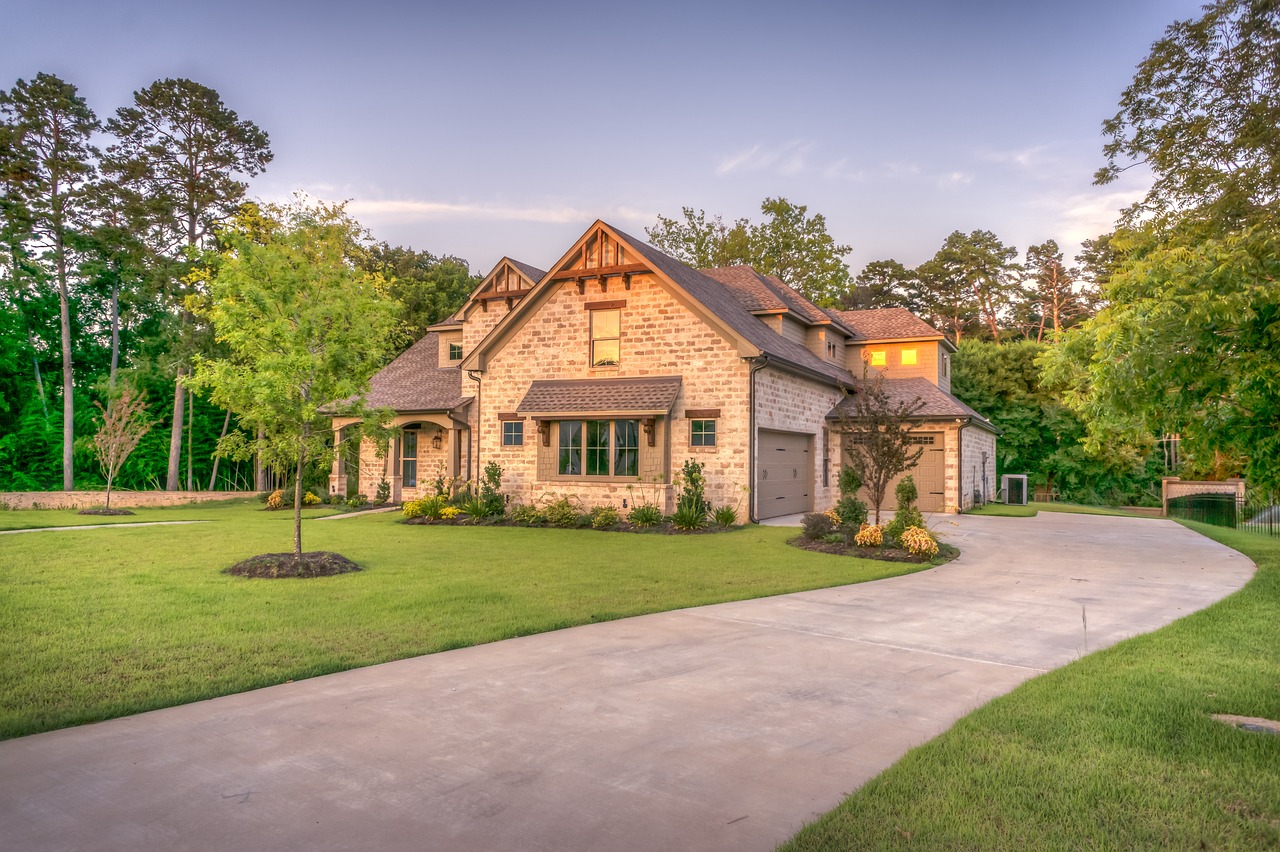
Creating a Safe Living Environment
When it comes to living alone, creating a safe living environment is not just a luxury—it's a necessity. Imagine your home as your personal fortress, where every corner is designed to protect you. By implementing a few simple strategies, you can transform your living space into a haven of safety and security. One of the first steps is ensuring that your home is well-lit, both inside and out. Adequate lighting is like a bright spotlight that can deter potential intruders and give you peace of mind. Think about it: would a burglar choose to approach a house that’s brightly illuminated, or one that’s shrouded in darkness? The answer is clear!
Moreover, securing your entry points is crucial. Doors and windows are the gateways to your sanctuary, and you want to make sure they are as fortified as possible. Invest in high-quality locks and consider additional security measures such as deadbolts or security bars. It’s like adding extra layers to your fortress walls. In fact, a well-secured home can be a significant deterrent for would-be intruders, making them think twice before attempting to break in.
Now, let's dive deeper into the importance of lighting. A well-lit home not only enhances safety but also creates a welcoming atmosphere. Think of lighting as your home's first line of defense. It helps you see who’s at the door before you open it, and it illuminates pathways that could otherwise be hazardous. Adequate lighting can be achieved through a combination of indoor fixtures and outdoor lights. For example, motion-sensor lights can automatically turn on when they detect movement, providing an extra layer of security without requiring you to flip a switch. This is especially useful for those late-night trips to the garbage can or when you’re arriving home after dark.
When selecting lights, consider energy-efficient options that not only save you money on your electricity bill but also provide ample illumination. LED lights are a fantastic choice due to their longevity and brightness. You can place them strategically around your home to ensure that no dark corners exist. Think of it as creating a safety net of light that envelops your living space, making it less inviting for anyone with ill intentions.
Motion sensor lights are particularly effective for outdoor security. Imagine walking up to your home, and as you approach, the lights flicker on, illuminating your path. This not only helps you navigate safely but also signals to anyone lurking nearby that they’ve been spotted. It's like having a silent alarm that alerts you and your neighbors that something is amiss. Plus, these lights can be easily installed and are often cost-effective, making them an ideal solution for singles looking to enhance their home security.
In addition to lighting, securing your doors and windows is paramount. Start by examining your current locks. Are they sturdy enough to withstand a break-in? If not, consider upgrading to deadbolts or smart locks that offer keyless entry. These locks not only provide enhanced security but also convenience. You can lock and unlock your door remotely, which is perfect for those moments when you’re out and about and can’t remember if you locked up. Additionally, don't overlook the importance of window locks; they should be just as secure as your doors. Remember, every entry point is a potential vulnerability, so treat them with the attention they deserve.
In conclusion, creating a safe living environment involves a combination of proper lighting, securing entry points, and being aware of your surroundings. By taking these steps, you can not only enhance your personal security but also create a space that feels welcoming and secure. It’s all about transforming your home into a sanctuary where you can relax and feel at ease.
Q: What are the best types of locks for securing my home?
A: The best types of locks for securing your home include deadbolts, smart locks, and high-security locks. Deadbolts provide an additional layer of security, while smart locks offer convenience with keyless entry.
Q: How can I improve my outdoor lighting?
A: To improve your outdoor lighting, consider installing motion sensor lights, using LED fixtures, and ensuring that all pathways are well-lit. This not only enhances security but also improves visibility.
Q: Is it necessary to have an alarm system?
A: While not mandatory, an alarm system can significantly enhance your home security by alerting you and authorities in case of a break-in. It acts as a strong deterrent for potential intruders.
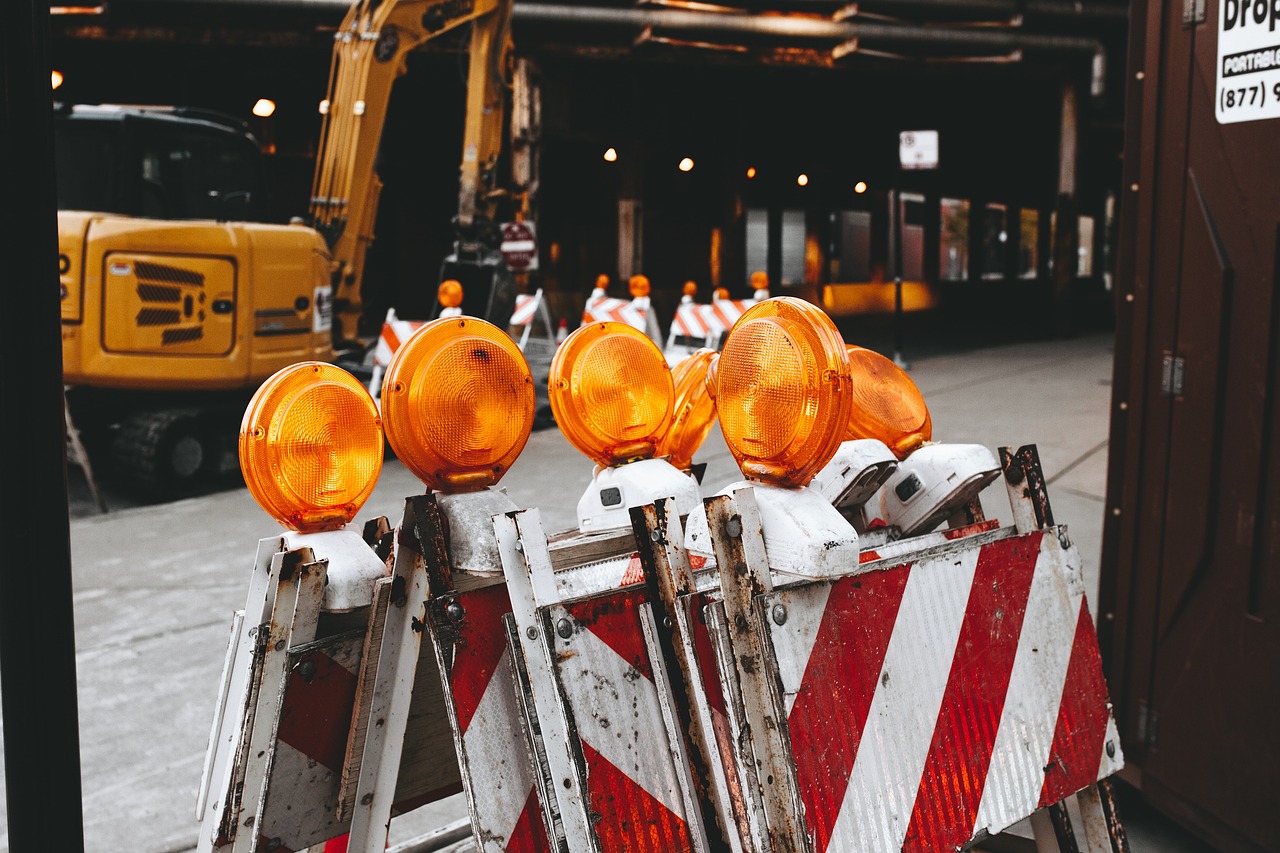
Importance of Lighting
This article provides essential safety tips tailored for individuals living alone, focusing on practical strategies to enhance personal security and create a safer living environment.
Exploring various types of home security systems, including alarms, cameras, and smart technology, to help singles choose the best option for their needs.
Discussing simple modifications and practices that can make a home safer, such as proper lighting, secure locks, and neighborhood awareness.
When it comes to home safety, lighting plays a crucial role that often goes unnoticed. Good lighting not only enhances the aesthetic appeal of your home but also acts as a formidable barrier against potential intruders. Think about it: a well-lit home sends a clear message that someone is present and vigilant. On the flip side, dark corners and poorly lit areas can become inviting hideouts for unwanted guests. Therefore, it’s essential to ensure that both the interior and exterior of your home are adequately illuminated.
For instance, consider your front porch and driveway. These areas should be brightly lit, not just for your convenience but also to deter any suspicious activity. A well-lit entryway can make it significantly more challenging for an intruder to approach unnoticed. Furthermore, when you arrive home at night, having lights that automatically turn on can help you feel safer as you navigate your way inside.
Additionally, lighting can enhance visibility around your home, allowing you to monitor any unusual activity. When you can see clearly, you can react more swiftly to any potential threats, whether it's a stranger loitering nearby or unexpected wildlife. It's not just about feeling safe; it's about being proactive in your security measures.
Now, you might be wondering, what kind of lights should I choose? Here are a few tips to consider:
- Energy Efficiency: Opt for LED lights that consume less energy and last longer.
- Brightness Level: Make sure to select lights that provide sufficient brightness for visibility.
- Style: Choose fixtures that complement your home’s design while also serving the purpose of security.
By selecting the right lighting, you not only enhance your home’s safety but also create a warm and inviting atmosphere that makes you feel comfortable and at ease.
Another fantastic option to consider is installing motion sensor lights. These lights automatically turn on when they detect movement, which can be a game-changer for your home security. Imagine coming home late at night and having the lights illuminate your path as you approach your door. Not only does this provide immediate visibility, but it also serves as a deterrent for anyone lurking around your property.
Moreover, motion sensors can be strategically placed in areas that are typically dark, such as:
- Backyards
- Side entrances
- Near garages
This added layer of security helps ensure that any movement around your home will trigger a light, alerting you to potential intruders and giving you peace of mind.
Outlining steps singles can take to prepare for emergencies, including creating a safety plan and assembling an emergency kit.
Guidance on how to create a personalized emergency plan that addresses various scenarios, ensuring readiness in case of unforeseen events.
Details on essential items to include in an emergency kit, helping singles stay prepared for natural disasters or other emergencies.
Discussing the importance of building relationships with neighbors and community members to enhance safety and support networks for singles.
Strategies for fostering connections with neighbors, which can lead to increased vigilance and a stronger sense of community.
Exploring community programs and initiatives that promote safety awareness and offer support resources for individuals living alone.
Q: How can I improve my home security on a budget?
A: Start with simple changes like installing motion sensor lights and ensuring all entry points are securely locked. You can also utilize neighborhood watch programs for added safety.
Q: What type of lighting is best for security?
A: LED lights are recommended for their brightness and energy efficiency. Additionally, consider using motion sensor lights for areas that are typically dark.
Q: Should I invest in a home security system?
A: If your budget allows, a home security system can provide peace of mind. Options range from basic alarm systems to comprehensive smart home setups.
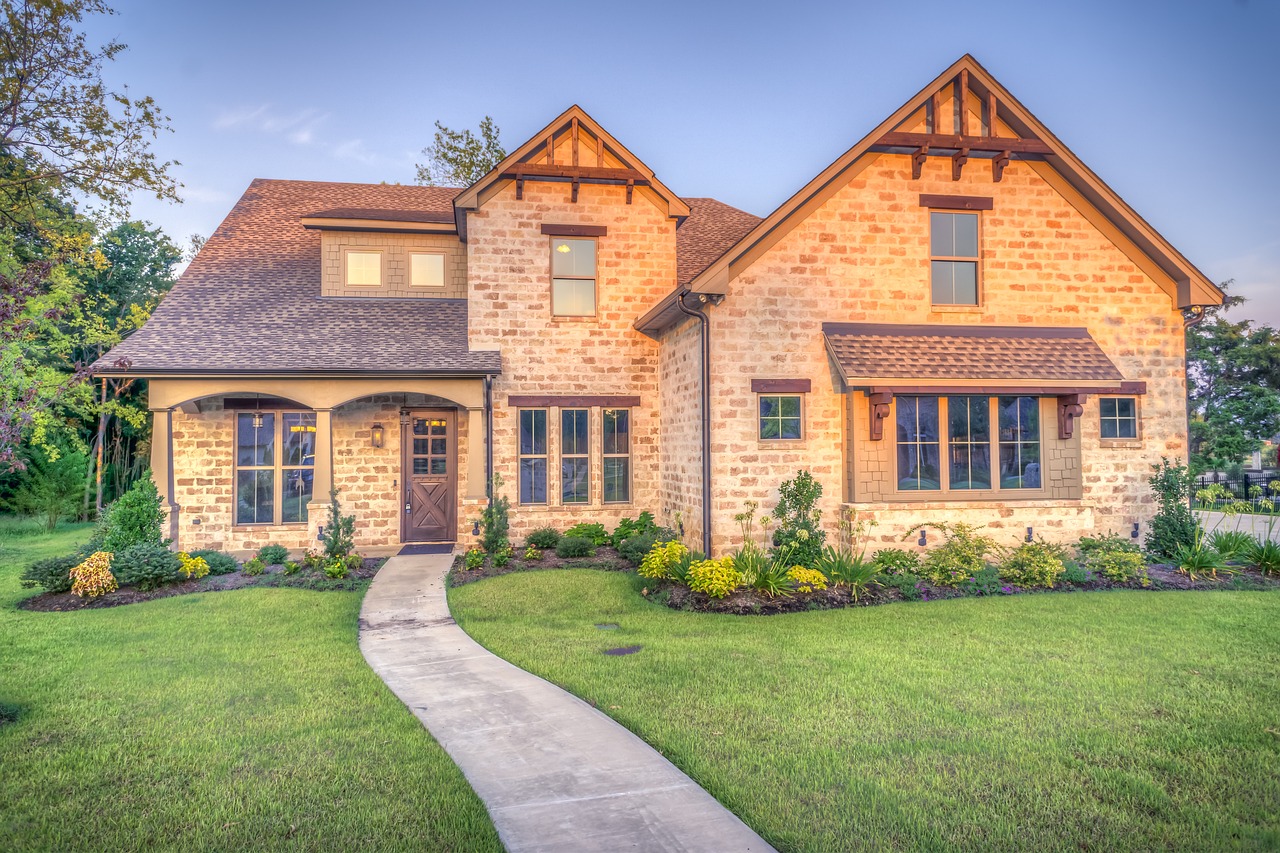
Choosing the Right Lights
When it comes to home safety, lighting plays a crucial role that often goes unnoticed. Imagine walking into your home after a long day and being greeted by a warm, well-lit environment. Not only does it create a welcoming atmosphere, but it also acts as a significant deterrent to potential intruders. Choosing the right lights is not just about aesthetics; it’s about ensuring your personal safety and security. So, what should you consider when selecting lighting for your home?
First and foremost, energy efficiency is key. With the rise of energy costs, opting for energy-efficient lighting options can save you money in the long run while also being eco-friendly. LED lights are a fantastic choice as they consume less power and have a longer lifespan compared to traditional incandescent bulbs. Plus, they come in various styles and brightness levels, allowing you to customize your space without sacrificing safety. Think of it this way: choosing LED is like investing in a good pair of shoes; they may cost a bit more upfront, but they’ll last longer and keep you comfortable.
Moreover, consider the placement of your lights. Outdoor lighting should be strategically positioned to illuminate entry points such as doors, driveways, and pathways. This not only enhances visibility but also creates a sense of security. For instance, installing lights near your front door and garage can make all the difference. You wouldn’t want to stumble in the dark, right? Similarly, indoor lighting should focus on areas where you spend the most time, like living rooms and hallways. This way, you can enjoy a cozy ambiance while ensuring you can see clearly in case of any unexpected visitors.
Another aspect to think about is the type of lighting you choose. Here are some options that work well for enhancing safety:
- Floodlights: These are great for illuminating large outdoor areas and can be motion-sensor activated to save energy.
- Pathway Lights: These guide you safely to your door and can deter intruders by keeping your yard well-lit.
- Smart Lights: With smart technology, you can control your lights remotely, set schedules, and even have them turn on automatically at dusk.
Lastly, don’t underestimate the power of motion sensor lights. These lights can be a game-changer for outdoor security. They activate when they detect movement, startling any potential intruders and alerting you to their presence. Imagine coming home to find your yard lit up suddenly; it’s enough to make anyone think twice about trespassing. You can install these near your front door, garage, or any dark corners of your property.
In conclusion, choosing the right lights for your home is about more than just illumination; it’s about creating a safe and secure environment. By considering energy efficiency, strategic placement, and the right types of lighting, you can significantly enhance your home’s security. So, take the time to evaluate your lighting options and make informed decisions that will keep you and your home safe.

Utilizing Motion Sensors
When it comes to enhancing your home security, motion sensors are a game-changer, especially for singles living alone. Imagine this: you’re lounging on your couch, engrossed in your favorite show, and suddenly, your outdoor lights flicker on. It's not just a coincidence; it’s your motion sensor doing its job, alerting you to movement outside. This simple yet effective technology can provide you with an added layer of protection and peace of mind.
Motion sensors work by detecting movement in a specified area, and they can be used both indoors and outdoors. They are particularly effective in areas that are prone to darkness, such as pathways, driveways, or backyards. By installing these devices, you not only increase your home’s security but also enhance your personal safety. Think of motion sensors as your home’s watchful eyes, always ready to alert you to any unusual activity.
One of the biggest advantages of using motion sensors is their energy efficiency. Unlike traditional lighting that remains on all night, motion sensor lights only activate when they detect movement. This means you can save on your electricity bill while still keeping your property well-lit and secure. It’s like having your cake and eating it too! Plus, with advancements in technology, many motion sensors now come equipped with smart features that allow you to control them via your smartphone, giving you the flexibility to adjust settings or receive alerts when you’re away from home.
When selecting motion sensors, consider the following factors:
- Detection Range: Look for sensors with a wide detection range to cover more ground.
- Adjustable Sensitivity: Choose models that allow you to adjust sensitivity levels to avoid false alarms triggered by pets or passing cars.
- Weather Resistance: For outdoor use, ensure the sensors are weatherproof to withstand the elements.
Moreover, integrating motion sensors with your existing security system can create a comprehensive safety net. For instance, when a motion sensor detects movement, it can trigger your security camera to start recording or send an alert to your phone. This interconnectedness means you’re always in the loop, no matter where you are.
In conclusion, utilizing motion sensors is a smart and proactive way to enhance your home security. They not only deter potential intruders but also provide you with a sense of safety and control over your living environment. So, if you’re living alone, consider investing in motion sensors as part of your overall home safety strategy. They can be the difference between feeling vulnerable and feeling secure in your own space.
Q: How do motion sensors work?
Motion sensors detect movement using various technologies such as infrared, ultrasonic, or microwave. When movement is detected, they trigger a response, such as turning on lights or sending alerts.
Q: Can motion sensors be used indoors?
Yes, motion sensors can be effectively used indoors to enhance security, especially in entryways, hallways, or rooms that are often dark.
Q: Are motion sensors energy-efficient?
Absolutely! Motion sensors only activate when they detect movement, making them more energy-efficient than traditional lighting systems that remain on continuously.
Q: Can I connect motion sensors to my smartphone?
Many modern motion sensors come with smart technology that allows you to connect them to your smartphone, enabling remote monitoring and control.

Securing Entry Points
When it comes to home safety, is absolutely crucial, especially for those living alone. Think of your home as a fortress, and every door and window as a gate that needs to be locked tight. Intruders often look for easy access points, so ensuring that your entryways are well-protected can significantly reduce your risk of a break-in. Start with the basics: invest in high-quality locks for all doors and windows. A sturdy deadbolt is a must-have for exterior doors, as it provides an extra layer of security that standard doorknob locks simply can't match.
Moreover, don't overlook the importance of window security. Many people assume that if a window is closed, it's secure, but that's not always the case. Consider adding window locks or security bars, especially for ground-level windows. If you live in an area prone to crime, you might even want to explore reinforced glass options. These windows are designed to withstand impact, making it much harder for an intruder to gain access.
Another effective strategy is to enhance your home’s visibility. Overgrown shrubs and trees can provide cover for potential intruders. Keep your yard well-maintained and trim any plants that might obstruct the view of your doors and windows from the street. This simple modification not only makes your home less appealing to burglars but also allows your neighbors to keep an eye on your property.
In addition to physical barriers, consider investing in some smart technology to bolster your home's security. Smart doorbells and security cameras can act as both deterrents and tools for monitoring your property. These devices often come with features like motion detection and real-time alerts, allowing you to keep tabs on who is at your door or moving around your property, even when you're not home.
Finally, it’s essential to remember that community awareness plays a significant role in home security. Establishing a good relationship with your neighbors can create a network of vigilance. If everyone is looking out for one another, suspicious activity is less likely to go unnoticed. So, don’t hesitate to introduce yourself and discuss safety concerns with your neighbors. After all, a united community is a safer community!
- What type of locks are best for home security? High-quality deadbolts are recommended for exterior doors, while window locks and security bars can enhance window security.
- How can I improve visibility around my home? Keeping your yard well-maintained and trimming overgrown shrubs can help improve visibility and deter intruders.
- Are smart security devices worth the investment? Yes, smart devices like doorbells and cameras can provide added security and peace of mind by allowing you to monitor your home remotely.
- How can I build community awareness for safety? Getting to know your neighbors and discussing safety concerns can foster a vigilant community that looks out for each other.

Emergency Preparedness
In today's unpredictable world, being prepared for emergencies is more crucial than ever, especially for those living alone. Imagine waking up in the middle of the night to the sound of sirens or an unexpected natural disaster warning. Would you know what to do? isn't just about having a plan; it's about having the right mindset and tools at your disposal. By taking proactive steps, you can significantly enhance your safety and peace of mind.
First and foremost, developing an emergency plan tailored to your specific living situation is essential. This plan should encompass various scenarios, such as natural disasters, medical emergencies, or even home intrusions. Consider what you would do in each situation and who you would contact. A well-thought-out plan can be your lifeline in times of crisis. For example, you might want to identify safe locations in your home and establish communication methods with friends or family members. The goal is to ensure that you're not left scrambling when the unexpected happens.
Next, assembling an emergency kit is a fundamental step in your preparedness journey. This kit should be easily accessible and contain essential items that you might need in an emergency. Think of it as your safety toolbox. Here are some vital components to consider including in your emergency kit:
- First Aid Supplies: Bandages, antiseptics, and any necessary medications.
- Non-Perishable Food: Items like canned goods, energy bars, or dried fruits that can sustain you.
- Water: At least one gallon per person per day for three days.
- Flashlight and Batteries: Essential for power outages.
- Whistle: To signal for help if needed.
- Multi-tool: Handy for various situations, from minor repairs to food prep.
Don't forget to periodically check and update your kit. Just like a car, your emergency supplies need regular maintenance to ensure they’re functional when you need them. Rotating food and medications is a smart practice to avoid expiration.
Finally, once you have your plan and kit in place, it’s time to practice. Just as you wouldn’t run a marathon without training, you shouldn’t wait for an emergency to test your preparedness. Conduct drills to familiarize yourself with your escape routes, practice using your emergency supplies, and ensure that your emergency contacts know their roles. This practice can make a significant difference in how effectively you respond when the moment arises.
In conclusion, emergency preparedness is about being proactive rather than reactive. By developing a comprehensive plan, assembling a well-stocked emergency kit, and practicing your procedures, you can navigate unforeseen events with confidence. Remember, it’s not just about surviving; it’s about thriving even in the face of adversity.
Q: What should I do first if I experience an emergency?
A: Stay calm, assess the situation, and follow your emergency plan. If necessary, contact emergency services immediately.
Q: How often should I update my emergency kit?
A: Check your emergency kit every six months to ensure that all items are up-to-date and functional.
Q: Can I prepare for emergencies without spending a lot of money?
A: Absolutely! Many emergency supplies can be found at low costs, and you can gradually build your kit over time.
Q: Is it necessary to have an emergency plan if I live in a safe neighborhood?
A: Yes! Emergencies can happen anywhere, and having a plan ensures that you’re ready for unexpected events, no matter where you live.

Developing an Emergency Plan
When it comes to ensuring your safety while living alone, one of the most crucial steps you can take is developing a comprehensive emergency plan. Think of it as your personal safety net, ready to catch you in case of unforeseen events. Whether it’s a natural disaster, a fire, or an unexpected health issue, having a plan in place can make all the difference. So, where do you start? First, consider the specific risks associated with your area. For instance, if you live in a region prone to hurricanes or earthquakes, your plan should address those specific scenarios.
Next, it's essential to identify safe locations in your home and community. This could mean designating a room with no windows as a safe space during severe weather or knowing the nearest emergency shelters. Once you have identified these locations, communicate them to friends or family members so they know where to find you in case of an emergency. Remember, communication is key. Regularly discuss your plan with those close to you to ensure everyone is on the same page.
Another important aspect of your emergency plan is creating a contact list. This list should include family members, close friends, and important local services like the police, fire department, and medical facilities. Make sure to keep this list in an easily accessible place, perhaps on your fridge or saved in your phone. In the event of an emergency, you want to be able to reach out for help quickly.
Consider also the need for an evacuation plan. If you ever need to leave your home quickly, knowing the fastest and safest routes can save precious time. You might even want to practice this plan periodically, just like a fire drill. It sounds a bit dramatic, but when the adrenaline kicks in, having practiced beforehand can make all the difference.
As part of your plan, it's also wise to assemble an emergency kit. This kit should contain essential supplies that you might need during a crisis. Some items to consider including are:
- Water (at least one gallon per person per day for three days)
- Non-perishable food (enough for three days)
- A flashlight with extra batteries
- A first aid kit
- Whistle to signal for help
- Dust mask to help filter contaminated air
- Moist towelettes, garbage bags, and plastic ties for personal sanitation
Lastly, review and update your emergency plan regularly. Life changes, and so do the risks we face. By keeping your plan current, you ensure that it remains effective and relevant. So, take a moment to sit down and map out your emergency plan today. It’s an investment in your safety and peace of mind.
Q: What should I do first if I experience an emergency?
A: Stay calm and follow the procedures outlined in your emergency plan. Assess the situation and prioritize your safety first.
Q: How often should I review my emergency plan?
A: It's a good idea to review your plan at least once a year or whenever there are significant changes in your living situation or local emergency services.
Q: What if I live in an apartment? Do I still need an emergency plan?
A: Absolutely! Even in an apartment, having an emergency plan tailored to your specific living situation is essential. Know your exits, and communicate with your neighbors.
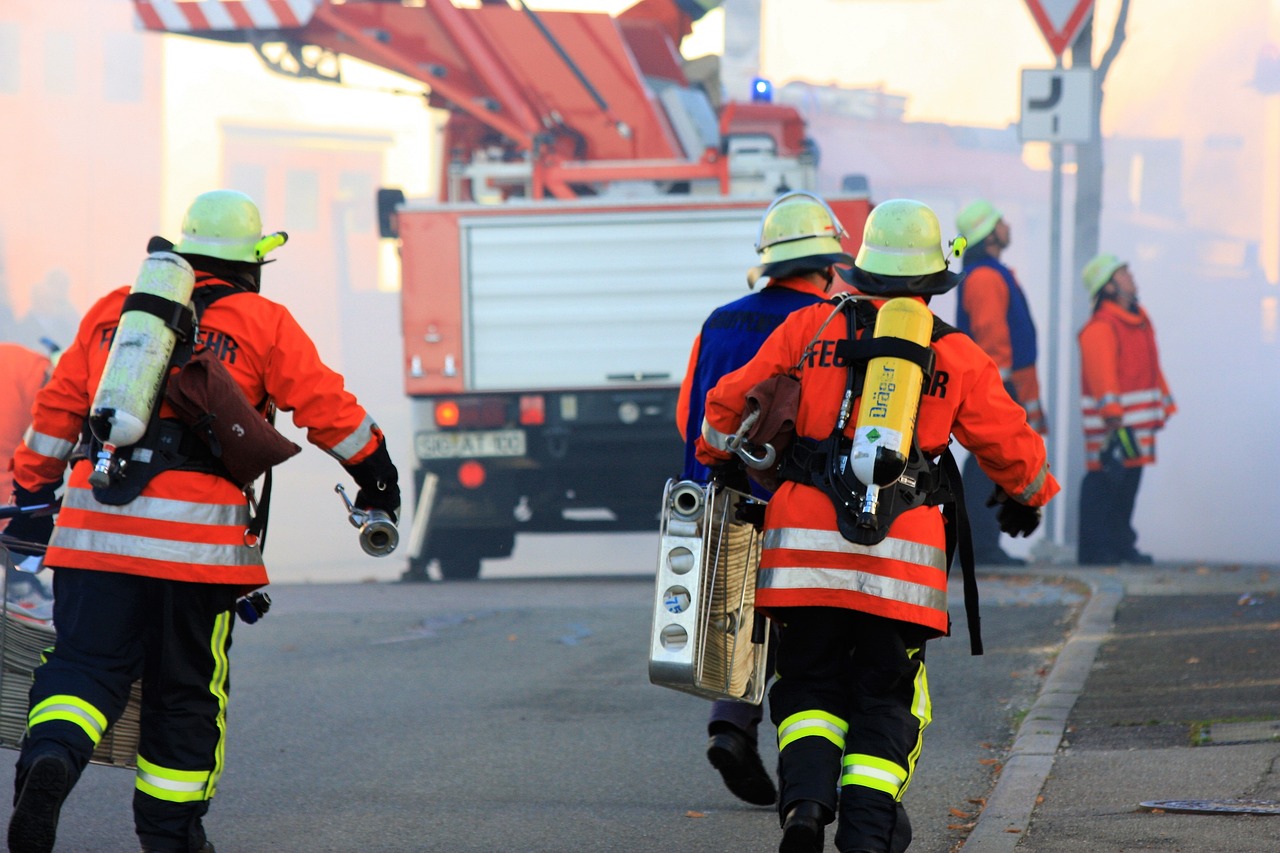
Assembling an Emergency Kit
When it comes to staying prepared for emergencies, having a well-thought-out emergency kit can be your best friend. Think of it as your personal safety net, ready to catch you in case life throws a curveball your way. Whether it's a natural disaster, a power outage, or any unforeseen event, an emergency kit ensures that you have the essentials at your fingertips. But what exactly should you include in this kit? Let’s break it down into manageable parts.
First and foremost, you want to gather basic supplies that can sustain you for at least 72 hours. This includes:
- Water: Aim for at least one gallon per person per day. Don’t forget to factor in your pets!
- Non-perishable food: Stock up on items like canned goods, granola bars, and dried fruits. These are easy to store and provide necessary energy.
- First aid kit: Make sure it’s stocked with band-aids, antiseptic wipes, and any personal medications you might need.
Next, think about adding some personal items that can make a huge difference in a crisis. This might include:
- Flashlight and extra batteries: Power outages can happen unexpectedly, and having a reliable light source is crucial.
- Multi-tool or Swiss Army knife: This handy gadget can serve multiple purposes and is invaluable in emergencies.
- Whistle: If you find yourself in a situation where you need to signal for help, a whistle can be heard much farther than your voice.
Don’t forget to include important documents. In the chaos of an emergency, having access to your vital information can save you a lot of headaches. Consider keeping copies of:
- Your identification (driver's license, passport)
- Insurance policies
- Medical records
Finally, it’s important to remember that an emergency kit isn’t a one-size-fits-all solution. Customize yours based on your personal needs. For instance, if you have pets, include food and water for them as well. If you live in an area prone to specific disasters, like hurricanes or earthquakes, tailor your kit accordingly.
Regularly check your emergency kit every six months to ensure that everything is in working order and that food and medications haven’t expired. Think of it as a seasonal ritual—like changing your smoke detector batteries. You might even want to set a reminder on your phone or mark it on your calendar.
In conclusion, assembling an emergency kit is not just about gathering supplies; it's about creating peace of mind. Knowing that you are prepared can make a world of difference in how you handle emergencies. So take the time to put your kit together, and remember, being prepared is the best way to stay safe!
Q: How often should I update my emergency kit?
A: It’s a good idea to review and update your emergency kit at least every six months. Check for expired food, medications, and ensure all supplies are in good condition.
Q: Can I store my emergency kit in my car?
A: Yes, storing an emergency kit in your car is a great idea, especially if you spend a lot of time on the road. Just ensure that the items are secured and that food and water are kept at a safe temperature.
Q: What if I have special medical needs?
A: If you have specific medical needs, make sure to include necessary medications and any medical supplies in your emergency kit. It’s also wise to have a list of your medical conditions and emergency contacts.

Building Community Connections
When it comes to enhancing your safety as a single individual, building community connections is not just a good idea—it's essential. Think of your neighborhood as a safety net; the stronger the threads, the safer you are. By fostering relationships with those who live around you, you create a network of support that can be invaluable in times of need. Imagine having a neighbor who keeps an eye on your home when you're away or someone who can lend a hand during emergencies. These connections can transform a solitary living experience into a more secure and enriching one.
One of the simplest yet most effective ways to build these connections is to start small. A friendly wave or a casual greeting can pave the way for deeper conversations. You might be surprised at how many people are eager to connect. Try organizing a casual get-together, like a barbecue or a coffee morning, to bring neighbors together. This not only breaks the ice but also fosters a sense of community. Plus, you'll likely discover shared interests or concerns that can lead to collaborative efforts in enhancing neighborhood safety.
Another great strategy is to participate in local events or community organizations. Whether it’s a neighborhood watch program, a book club, or a volunteer group, these activities can help you meet like-minded individuals who share your commitment to safety and community well-being. Engaging with local initiatives not only enhances your social circle but also keeps you informed about safety resources and alerts in your area. To make it easier, here are some community programs you might consider:
- Neighborhood Watch Programs: These groups focus on crime prevention and community awareness.
- Community Safety Workshops: Often organized by local police departments, these workshops provide valuable safety tips.
- Local Sports Teams or Clubs: Joining a sports team can help you bond with neighbors while staying active.
Building connections also means being proactive about communication. Consider setting up a neighborhood group chat or social media page where residents can share important updates, safety tips, or even just friendly banter. This digital connection can enhance real-life relationships and keep everyone informed about any suspicious activities or community events. Remember, the more you communicate, the more vigilant your community becomes.
Finally, don’t underestimate the power of being a good neighbor yourself. Offer help when you can, whether it’s carrying groceries or checking in on someone who might be feeling isolated. Acts of kindness not only make your community stronger but also encourage others to reciprocate. In the end, a connected community is a safer community, and as a single individual, having that support can make all the difference.
Q: Why is it important to build community connections for safety?
A: Community connections create a network of support that can enhance safety through vigilance, shared resources, and emergency assistance.
Q: How can I get to know my neighbors better?
A: Start with simple greetings, organize neighborhood gatherings, and participate in local events or groups to foster relationships.
Q: Are there specific programs I should look for in my community?
A: Yes, consider joining neighborhood watch programs, community safety workshops, or local clubs that promote social interaction and safety awareness.

Getting to Know Your Neighbors
Building relationships with your neighbors is not just about being friendly; it's a crucial step towards enhancing your personal safety and creating a supportive community. Imagine living in a neighborhood where everyone looks out for one another, much like a tight-knit family. This sense of community can provide a safety net that is especially beneficial for singles living alone. So, how can you start getting to know the people who live nearby? Here are a few practical tips to help you break the ice and forge those valuable connections.
First and foremost, consider making the effort to introduce yourself. A simple "hello" or a friendly wave can go a long way. When you see your neighbors outside, whether they’re mowing their lawn or taking out the trash, seize the opportunity to strike up a conversation. You might say something like, "Hi, I'm [Your Name], I just moved in next door!" This not only opens the door for a friendly chat but also lays the groundwork for a neighborly relationship.
Another great way to connect is by organizing or participating in community events. Many neighborhoods host block parties, garage sales, or seasonal festivals. Joining in on these activities gives you a chance to meet multiple neighbors at once in a relaxed setting. If your neighborhood doesn’t have regular events, why not take the initiative and organize one yourself? A potluck dinner or a weekend barbecue can be a fun way to gather everyone together. Just imagine the delicious food and lively conversations!
Additionally, consider utilizing social media platforms or neighborhood apps like Nextdoor, which are designed for community engagement. These platforms can help you stay informed about local happenings and allow you to connect with neighbors digitally. You can share recommendations, ask for help, or even organize local meet-ups. It’s a modern twist on neighborly communication that can make a big difference in how connected you feel.
Lastly, don’t underestimate the power of small acts of kindness. Whether it’s offering to help with groceries or sharing baked goods, these gestures can break down barriers and foster goodwill. After all, who doesn’t appreciate a warm plate of cookies? By being approachable and friendly, you’ll create an atmosphere where others feel comfortable reaching out to you as well.
In conclusion, getting to know your neighbors is a simple yet effective way to enhance your safety and create a supportive living environment. By taking small steps to introduce yourself and engage with those around you, you can build a network of trusted individuals who will look out for each other. Remember, a community is only as strong as its connections, and your proactive approach can make all the difference.
- Why is it important to know my neighbors? Knowing your neighbors can enhance your safety and create a support network in case of emergencies.
- How can I start a conversation with my neighbors? Simple greetings, comments about the weather, or compliments about their garden can be great conversation starters.
- What if my neighbors are unfriendly? Sometimes it takes time to build relationships. Continue to be friendly and patient; relationships often develop gradually.
- Are there any tools to help me connect with my neighbors? Yes, community apps like Nextdoor or local Facebook groups can facilitate connections and keep you informed about neighborhood events.
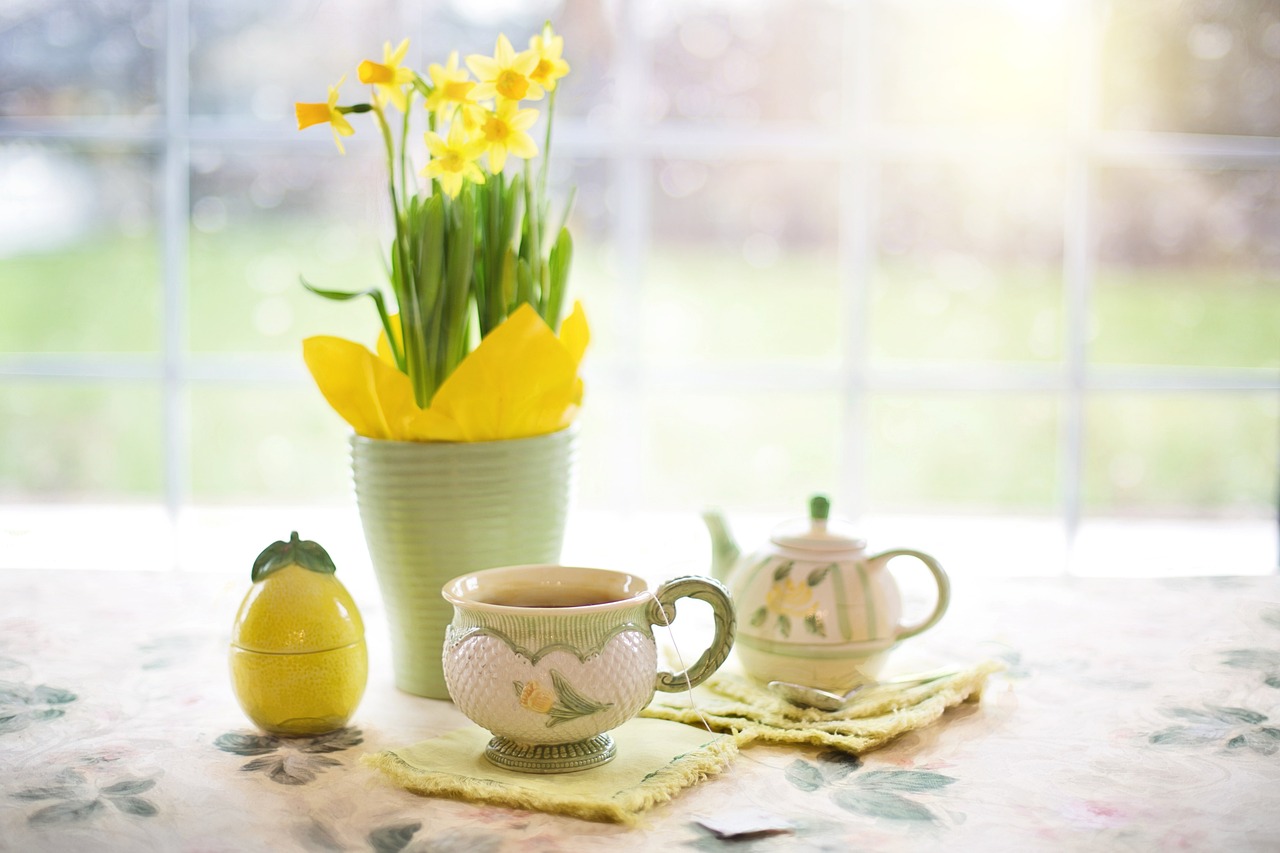
Joining Local Safety Programs
Joining local safety programs can be a game-changer for singles looking to enhance their personal security and build a supportive community around them. These programs often provide invaluable resources, education, and connections that can significantly improve your safety and peace of mind. Imagine having a network of neighbors who are not just acquaintances but allies in keeping your community secure. It’s like having a safety net woven from the very fabric of your neighborhood!
Many cities and towns offer various safety initiatives, such as neighborhood watch programs, community policing efforts, and safety workshops. These programs are designed to educate residents on crime prevention techniques, emergency preparedness, and how to respond in various situations. By participating, you not only gain knowledge but also foster relationships with fellow community members who share your commitment to safety.
For example, neighborhood watch programs encourage residents to be vigilant and report suspicious activities. This collective awareness can deter crime, making neighborhoods safer for everyone. Additionally, many local police departments offer free workshops on self-defense, home security, and emergency response. Attending these workshops can empower you with the skills and confidence needed to handle unexpected situations.
Here are a few benefits of joining local safety programs:
- Increased Awareness: By participating, you’ll stay informed about local crime trends and safety tips.
- Community Support: Building connections with neighbors can lead to a more supportive environment.
- Access to Resources: Many programs provide materials and tools to help you enhance your home security.
Moreover, engaging in these programs can help you feel more connected to your community. It’s a fantastic way to break the ice with neighbors you might not have interacted with otherwise. You’ll find that many people share similar concerns about safety, and working together can create a stronger bond among residents.
In addition to traditional safety programs, consider exploring online community groups focused on safety issues. Social media platforms often host local groups where members share tips, resources, and alerts about potential safety concerns in real-time. This digital connection can be particularly beneficial for those who may feel isolated living alone, as it provides an avenue for support and information exchange.
In conclusion, joining local safety programs is not just about enhancing your personal security; it’s about becoming an active participant in your community. By investing your time and energy into these initiatives, you can help cultivate a safer environment for yourself and your neighbors. Remember, safety is a collective effort, and together, we can create a community that looks out for one another!
1. What types of local safety programs are available?
Local safety programs can include neighborhood watch groups, community policing initiatives, self-defense workshops, and emergency preparedness training. Check with your local police department or community center for specific offerings in your area.
2. How can I find out more about joining a local safety program?
You can start by visiting your local government or police department's website, where they often list community programs. Additionally, social media platforms may have groups dedicated to neighborhood safety.
3. Are there any costs associated with joining these programs?
Most local safety programs are free to join, although some workshops or training sessions may have a nominal fee. It's best to inquire directly with the program organizers for detailed information.
4. Can joining a safety program really make a difference?
Absolutely! Participating in local safety programs fosters community vigilance, enhances personal security knowledge, and builds a network of support among neighbors, all of which contribute to a safer living environment.
Frequently Asked Questions
- What are the best home security systems for singles?
When it comes to selecting a home security system, options vary widely. For singles, systems that combine alarms, cameras, and smart technology tend to be the most effective. Look for systems that offer easy installation and user-friendly apps, allowing you to monitor your home from anywhere. Brands like Ring, ADT, and SimpliSafe are popular choices that provide a range of features tailored for individual needs.
- How can I improve the safety of my home without a security system?
Improving home safety doesn't always require a security system. Simple modifications can make a huge difference! Start by ensuring all entry points, like doors and windows, are secure with quality locks. Adequate lighting is crucial as well; consider installing motion sensor lights around your property. And don't forget about community awareness—getting to know your neighbors can enhance your overall safety.
- What should I include in my emergency kit?
An emergency kit is essential for anyone living alone. Key items to include are water, non-perishable food, a flashlight, batteries, a first-aid kit, and important documents. Don't forget personal items like medications and a multi-tool. Tailor your kit to your specific needs, and periodically check to ensure everything is up-to-date and functional.
- How do I create a personalized emergency plan?
Creating a personalized emergency plan involves assessing potential risks in your area, like natural disasters or fire hazards. Identify escape routes from your home and establish a communication plan with friends or family. Practice your plan regularly, so you're prepared if an emergency arises. This proactive approach can significantly reduce panic and confusion during a crisis.
- Why is it important to build community connections?
Building community connections is vital for enhancing safety and support. Knowing your neighbors fosters a sense of vigilance, as people are more likely to look out for one another. Additionally, local safety programs often provide resources and support that can be invaluable, especially for individuals living alone. Strong community ties can create a network of help during emergencies or difficult times.

